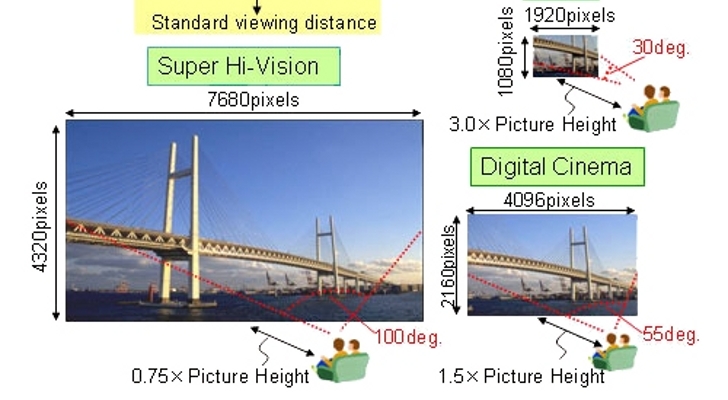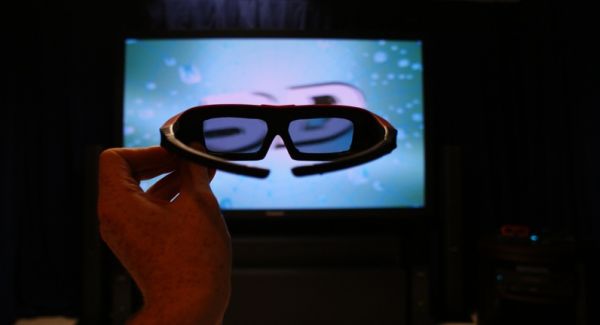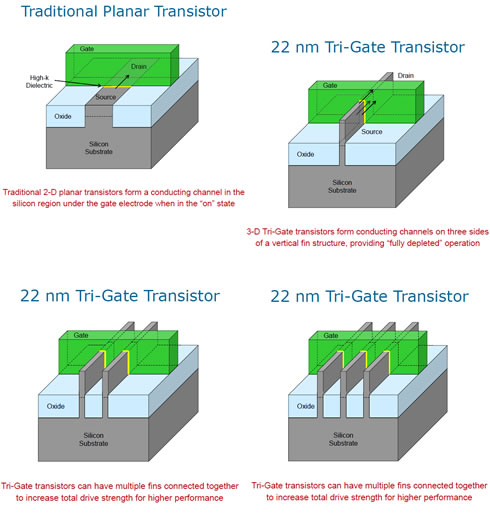The first (4k) has four times 1080p resolution, the equivalent to 4096 x 2160 appointing to 2160p
New Technology
martes, 25 de septiembre de 2012
4K and 8K resolutions: better than 1080p
The first (4k) has four times 1080p resolution, the equivalent to 4096 x 2160 appointing to 2160p
viernes, 21 de septiembre de 2012
Ultra-D: 3D without glasses
3D glasses have some problems that damages eyesight and also are incomfortable, this has led to the next advance of the 3d, the 3D without glasses: Ultra-D.
ULTRA-D
This new techonology developed by stream TV Networks, some have argued that the conversion of a two-dimensional content is practically a fairly simple task for the firm, having to make it a three-dimensional, something that so far has not been performed and that sounds interesting and safe open and expand the market for all devices incorporating the technology offered. Now it only remains to wait for the prices proposed, as this will surely have an impact on increasing the cost of equipment that integrates with Ultra-D.Ultra-D can be applied to a wide range of consumer electronics to display distortion-free 3D from any viewing angle. Instead of tricking the human mind into perceiving 3D through two slightly offset (left and right) images, Ultra-D utilizes an optical system and a complex software algorithm to visually render this separation to achieve more realistic 3D visuals.
viernes, 14 de septiembre de 2012
Haswell: The New Processors
Intel has reduced idle consumption 20 times with respect to Sandy Bridge and GPU performance over Ivy Bridge has doubled, and that in the Unigine benchmark consumes half with better performance.
The 4th generation family of Intel Core 22nm systems Ultrabook and other PC in 2013, with use of Tri-Gate transistors, like Ivy bridge. Also will offer support graphics with Intel HD, new instructions for better performance and faster encryption, new benefits hardware-based security substates and low-power processor to enable longer battery life.
The three-dimensional Tri-Gate transistors Intel based chips enable them to operate at lower voltage with lower electrical losses, which, when compared with the most advanced transistors previous generation, offering a combination of performance and unprecedented energy efficiency. These capabilities provide chip designers the flexibility to choose transistors targeted designs to lower power consumption or to achieve maximum performance, depending on the purpose of the chip.
Besides these transistors provide a performance increase up to 37% at low voltages compared to 32nm transistors that Intel currently produces. This increased performance facilitates its use in small mobile devices because they use less energy to switch between their states. Moreover, for equal performance, these new transistors consume less power than half the transistors used in the two-dimensional chips 32 nm.
Finally, a demo graphic demostration:












